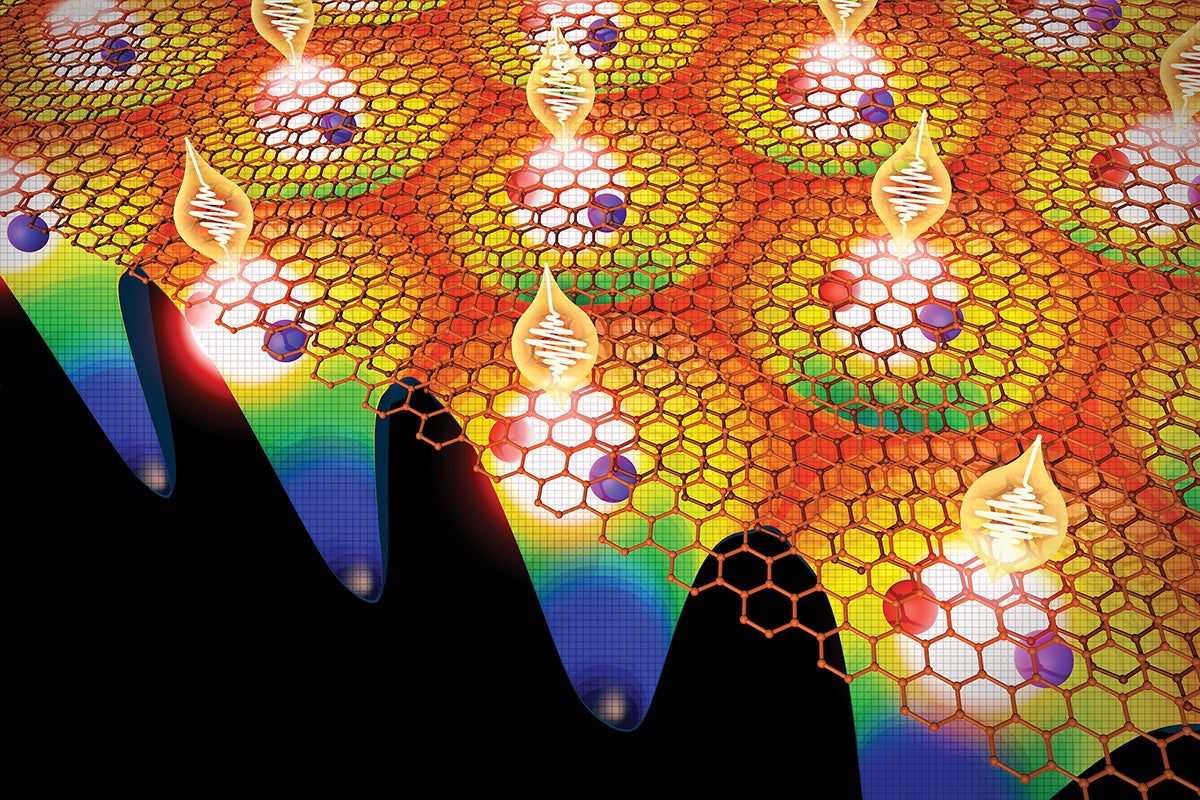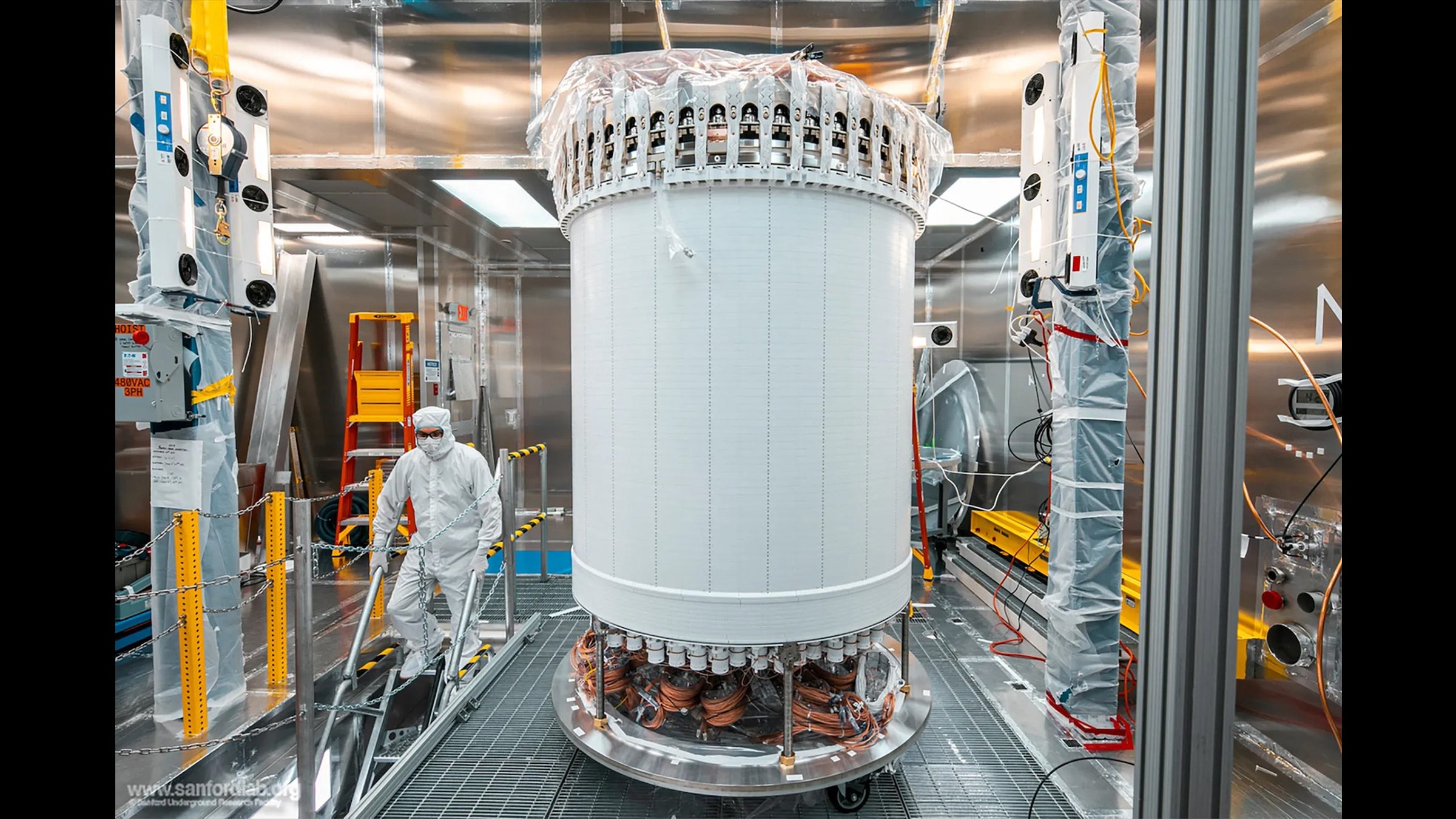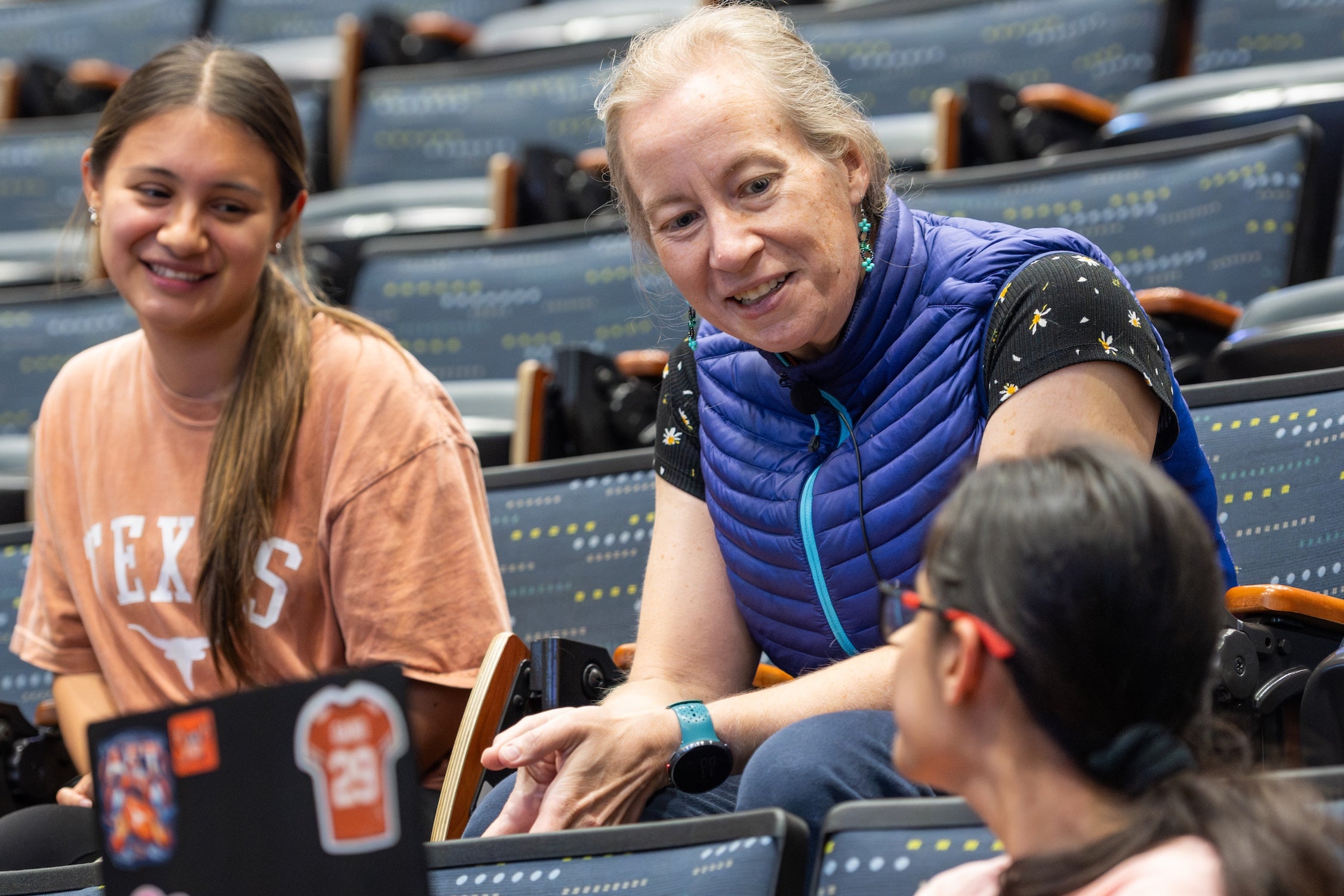Physics Alum a Lead on Gravitational Waves Discovery
UT Austin alumnus David Reitze talks about an event that happened in September or more than a billion years ago, depending on how you look at it.
People all over the world tuned in this morning when David Reitze, a 1990 graduate of the Department of Physics at UT Austin, described what happened back in September.
Actually, in one sense, the event occurred well over a billion years ago, back when life on the planet was made up only of single-cell organisms. But another event happened last fall around 4 a.m. on a September night, when a high-tech system recorded the sound of two black holes colliding 1.3 billion light-years away.
Reitze hurried to catch a flight to Louisiana and to the Laser Interferometer Gravitational-Wave Observatory, or LIGO, to see for himself if the complex detector had recorded the first direct observations of gravitational waves. Sure enough, Einstein's ripples in spacetime had been spotted for the first time.
"We did it," says Reitze, who graduated from UT Austin in 1990 with a Ph.D. in physics and is now executive director of the LIGO Laboratory, the team behind the incredible discovery.
Black holes and the origin of the universe have long mystified physicists and astronomers, and the findings are being described as a chance to explore new frontiers, perhaps the heart of black holes or, more likely, to take us back in time.
The New York Times reports "scientists have finally tapped into the deepest register of physical reality, where the weirdest and wildest implications of Einstein's universe become manifest." It is being heralded as one of the most important findings in physics this century.
Spotting gravitational waves isn't the only time Longhorns have helped uncover world-changing discoveries related to Einstein's work.
In 1962, UT Austin mathematician Roy Kerr provided an exact solution to Einstein's equations of general relativity, a breakthrough that described the physics of rotating black holes.
Larry Smarr studied relativity physics under Prof. Bryce DeWitt and used supercomputers in the 60s to "develop computational techniques to solve Einstein's equations for general relativity in curved space-time." For his PhD project, he modeled the collision of two black holes, and he went on to help found and direct the National Science Foundation's National Center for Supercomputing Applications(NCSA), whose modeling of black holes and gravitational waves helped with LIGO's discovery.
Physicist Bryce Dewitt devoted his early years to the study of colliding black holes and was director of UT's Center for Relativity from 15 years. Dewitt introduced a principal player on the LIGO project, Kip Thorne, to quantum gravity during a series of lectures given at L'École de Physique des Houches, a physics summer school in France founded by emeritus physics professor Cécile DeWitt-Morette.
Professor Don Winget's team discovered indirect evidence for gravity waves emanating from two white dwarf stars slowly spiraling toward each other 3,000 light-years away.
And physicist Richard Matzner predicted the kinds of gravity waves that might be unleashed when two black holes merge in his own earlier work with LIGO.
Professor Bill Press made predictions about gravitational waves as a researcher studying with revolutionary physicist Kip Thorne.
To read more about Einstein's great theory and related work on UT Austin's campus, check out our magazine article.



